The Culture Of Switzerland
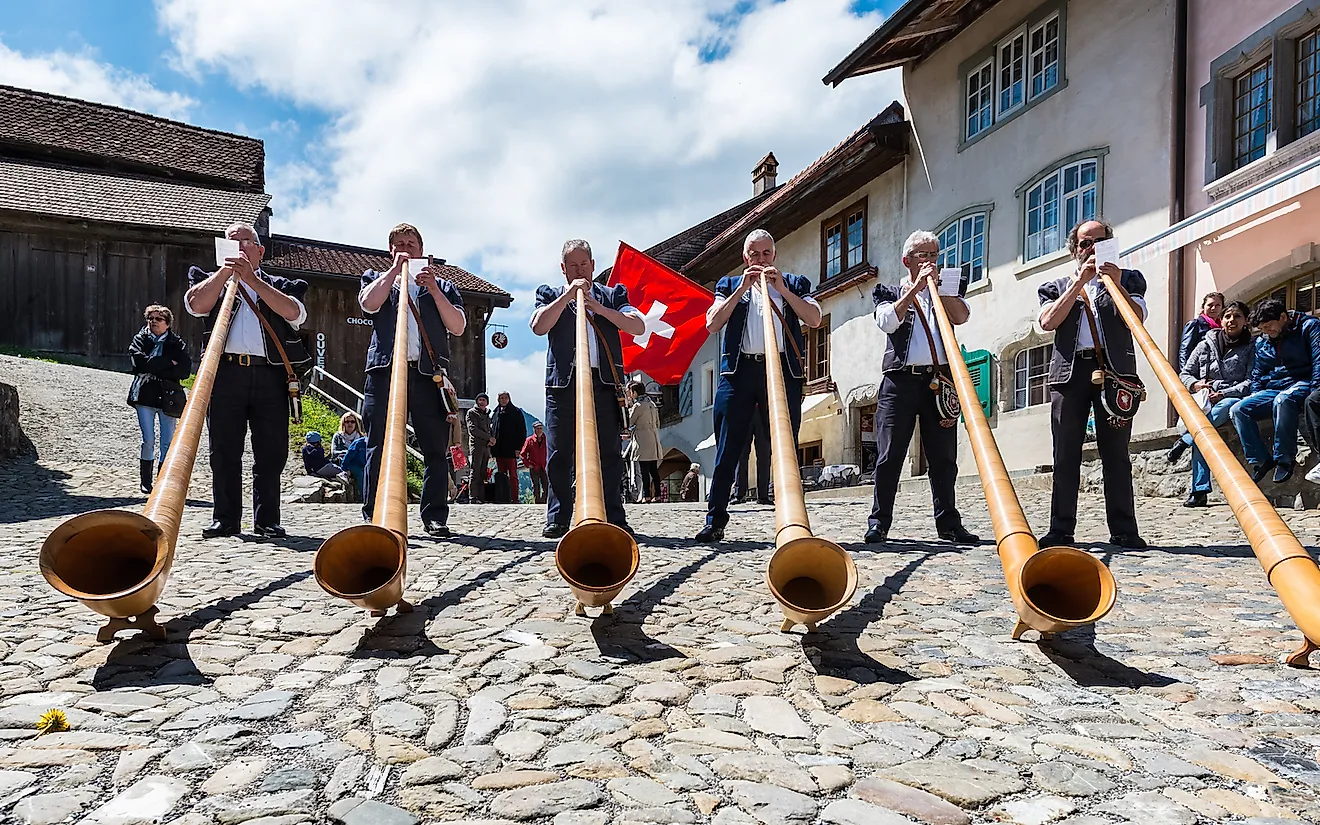
- The culture of the small Alpine nation of Switzerland is heavily influenced by the cultures of its neighboring nations.
- Potatoes and cheese are major ingredients of Swiss cuisine.
- Swiss traditional clothing is versatile and varies from canton to canton, either differing slightly or greatly.
- Chip carving is a popular craft form of Switzerland and is used for decorating objects of everyday use.
- Since Switzerland has no dominant national language, most literature in the country is written in French, German, Romansch or Italian.
The culture of the small Alpine nation of Switzerland is heavily influenced by the cultures of its neighboring nations of France, Italy, and Germany. This is evident in the fact that the major languages of these three countries, namely, French, Italian, and German serve as three of the four official languages of Switzerland (Romansh being the fourth one). The country also has 26 cantons, each with their distinct set of customs and traditions. Chocolates, cheese, cowbell, watches, and the Swiss Army knife are well-known symbols of Switzerland.
Swiss Cuisine
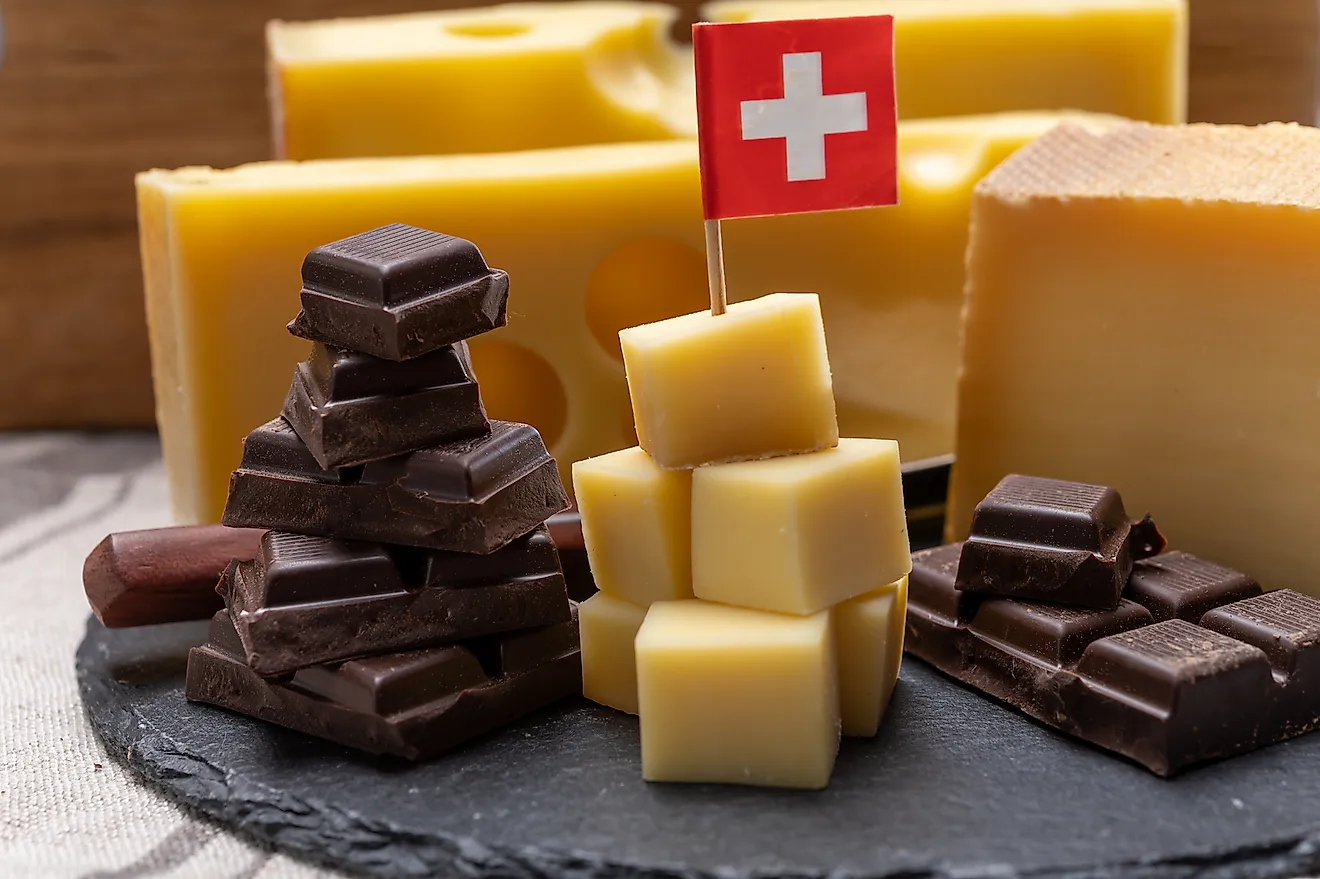
Traditional Swiss dishes are made of simple ingredients and are regionally influenced by Italian, German, and French cuisines. Potatoes and cheese are major ingredients of Swiss cuisine. Zürcher Geschnetzeltes is a traditional Swiss dish that features cream sauce flavored mushrooms and veal strips served with Rösti, a potato dish. Pizza and pasta are popular here. Swiss cheese and chocolates are famous across the world. Appenzeller, Vacherin, Emmental cheese are some of the most noted variants of Swiss cheese. Cheese dishes like fondue are popular in the nation. Muesli and bread with jam or butter serve as common breakfast foods. Quiches and tarts are also consumed. Traditional Swiss restaurants usually built in rocky terrain and surrounded by forests are called grottoes and they offer traditional local dishes to the customers. Rivella, a lactose based drink, apple juice, Ovomaltine, a chocolate drink are some of the popular non-alcoholic beverages of Switzerland. Wine is produced in many parts of the country. Riesling X Sylvaner, Chasselas, Absinthe, Damassine, Bon Pere William are some of the indigenous alcoholic beverages produced in the country.
Clothing Of Switzerland
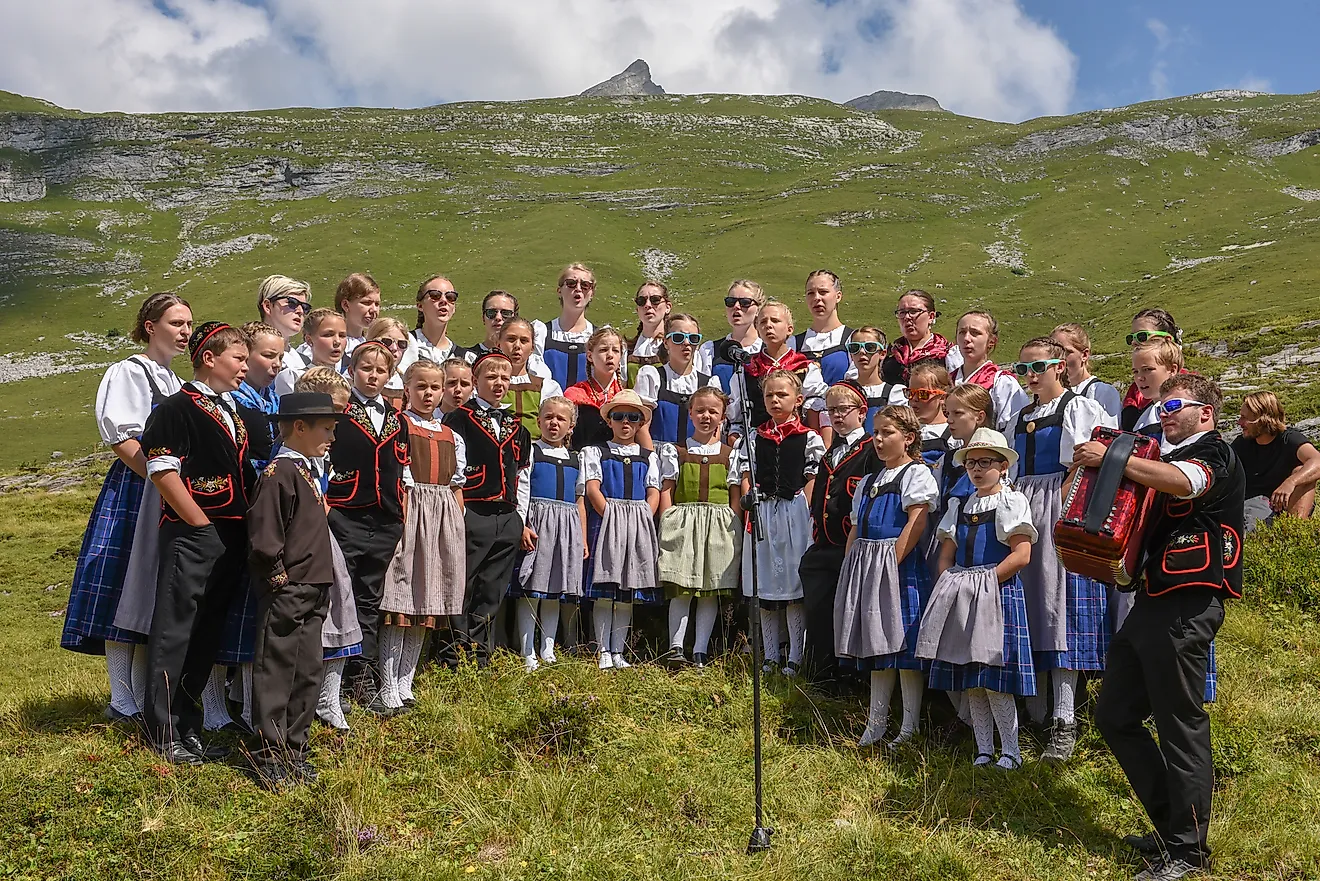
Swiss traditional clothing is versatile and varies from canton to canton, either differing slightly or greatly. The national costume of the nation actually refers to the dresses worn traditionally by the peasants as they wore clothes specific to the region’s environs. The Swiss aristocracy, however, wore costumes that did not differ significantly with that worn by the nobility of neighboring nations. The traditional costume for Swiss men has been quite simple and ordinary in most parts of the country. Leather shorts are favored by men living in the mountainous regions as it eases movements while hiking, climbing, hunting, etc. Men in the lowland areas wear shirts with long-sleeved jackets, breeches or trousers with stockings or woolen tights, and a headgear. Traditional costume for Swiss women is very feminine with colorful dresses having puffed sleeves. The look is complemented by elaborate headgears, laced aprons, bonnets, and embroidered bags. Another style involves a corset with a full-length skirt and an apron. Vibrant and fashionable jewelery accompany such dresses.
Music And Dances Of Switzerland
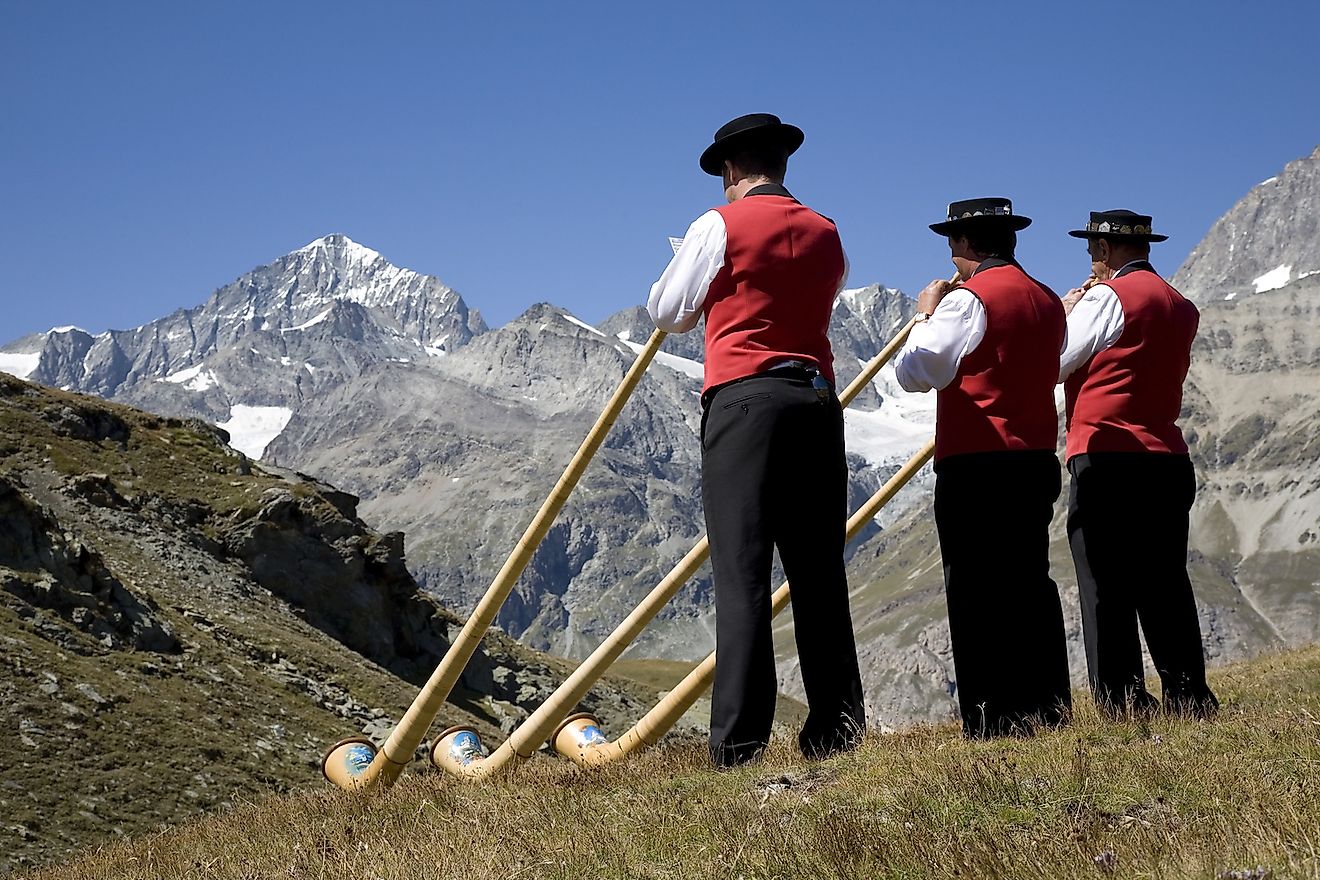
Switzerland has produced world-renowned composers like Frank Martin, Arthur Honegger, and Othmar Schoeck. Another musician and composer from the nation, Andreas Vollenweider, has been recognized internationally with Grammy awards for his talent in harp music. The Lucerne and Verbier Festivals held in Switzerland celebrate international classical music. The Montreux Jazz Festival is also another famous music festival held in the country. Eluveitie is a Swiss folk metal band that has gained international recognition.
In the past, public dancing in Switzerland was only permitted on special occasions. However, following the World War II, rules changed drastically, and dancing became a popular leisure activity in Switzerland. Traditional dances like waltz, foxtrot, polka are popular among the Swiss and so are modern dance styles like breakdance, salsa, and rock and roll. The Trachtenvereine associations help preserve the folk dances of the country and perform such dances during folk festivals and other cultural events.
Literature And Arts
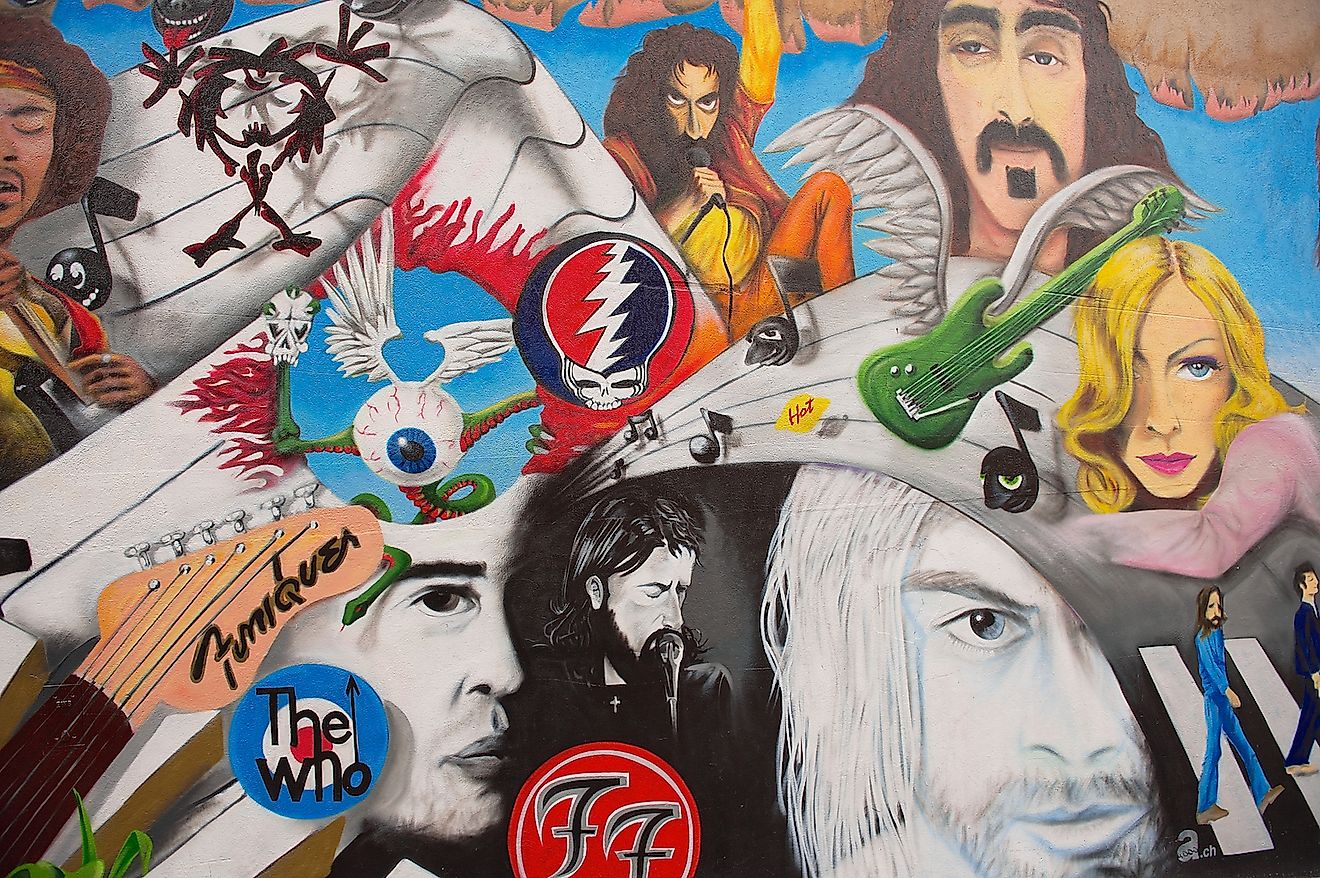
Since Switzerland has no dominant national language, most literature in the country is written in French, German, Romansch or Italian. The novelist Robert Walser, the novelist and travel writer Annemarie Schwarzenbach, the playwright and novelist Friedrich Dürrenmatt and Max Frisch, the essayist Peter Bichsel are some of the renowned Swiss writers. Carl Spitteler and Hermann Hesse from Switzerland won the Nobel Prize for Literature in 1919 and 1946, respectively.
The visual arts scene in Switzerland was significantly influenced by the Protestantism in the 16th century. Swiss artists of international repute include the ink wash and water color artist Samuel Hieronymus Grimm, Alberto Giacometti, sculptor Jean Tinguely who produced moving sculptures made from scrap, painter Paul Klee, and others. The Dada movement also originated in the country in the early 20th century. The country hosts a number of art museums with a considerable volume of art collections.
Chip carving is a popular craft form of Switzerland and is used for decorating objects of everyday use. Woodcarving is often used to enhance the beauty of houses in the country. Figurines for home decor are also created by woodcarving. Swiss embroidery is also famous and is often used to decorate the traditional garments worn in the country. Watch-making is a big industry in the country and Swiss watches are famous across the world and the big Swiss watch brands sell watches that cost a fortune.
Social Beliefs And Customs In Switzerland
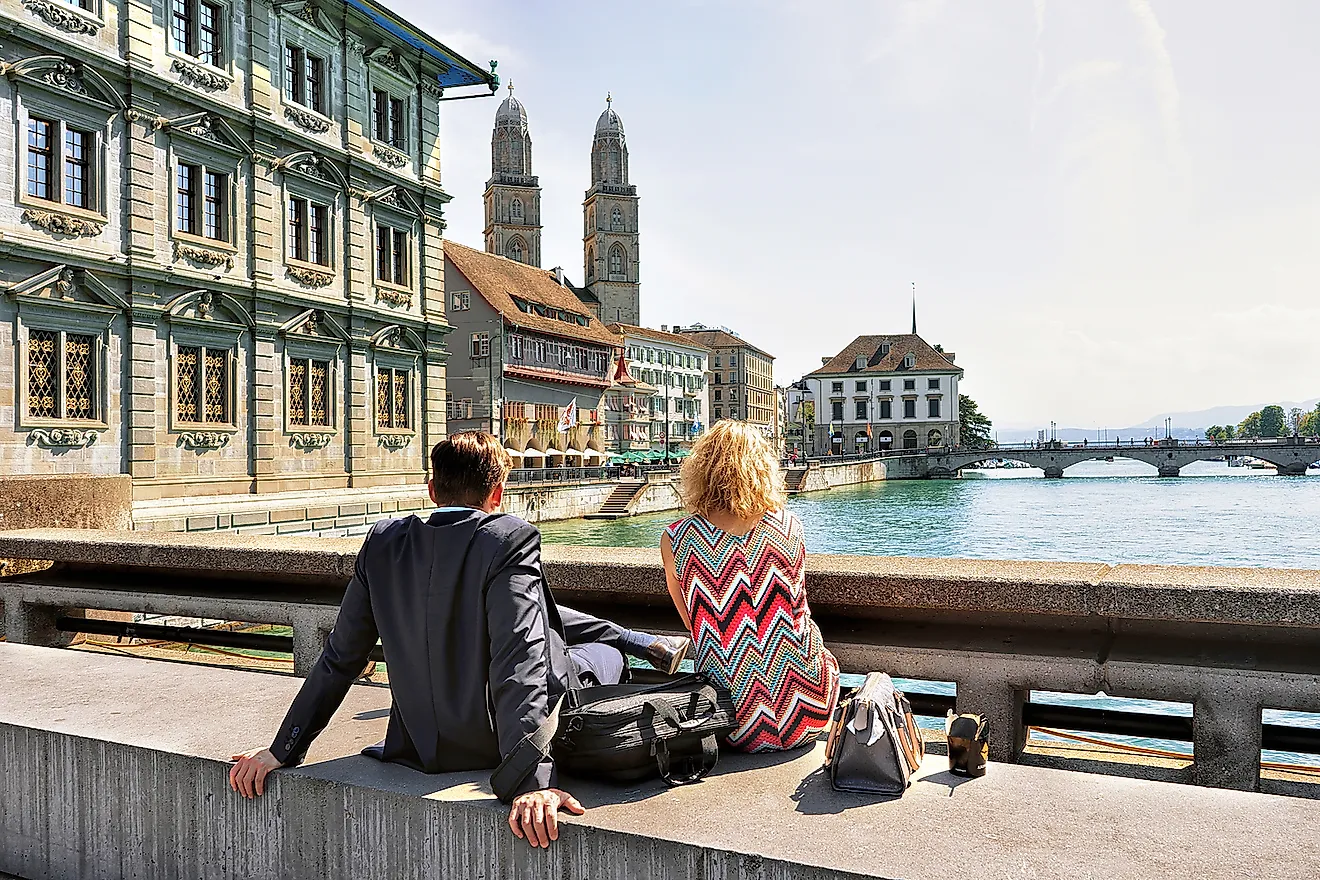
Switzerland is one of the richest nations in the world with most of the citizens enjoying a high standard of living in the country. There is a large affluent middle class in the country. However, 80% of the private assets are owned by only 20% of the country’s richest people. Traditionally, the Swiss society has been a patriarchal one whereby the roles of men and women were clearly defined. However, modern times have witnessed such distinctions gradually disappearing. Marriages are presently based on the joint consent of the bride and groom and co-inhabitation prior to marriage is common. Divorces and re-marriages are also frequent in Swiss society. Female education and empowerment are still not at par with that of men but the situation is gradually improving. Although traditional Swiss households were large, modern households are nuclear in nature. Respect for the privacy of an individual and a polite behavior during social interactions are expected in Swiss society.
Religions And Festivals Of Switzerland
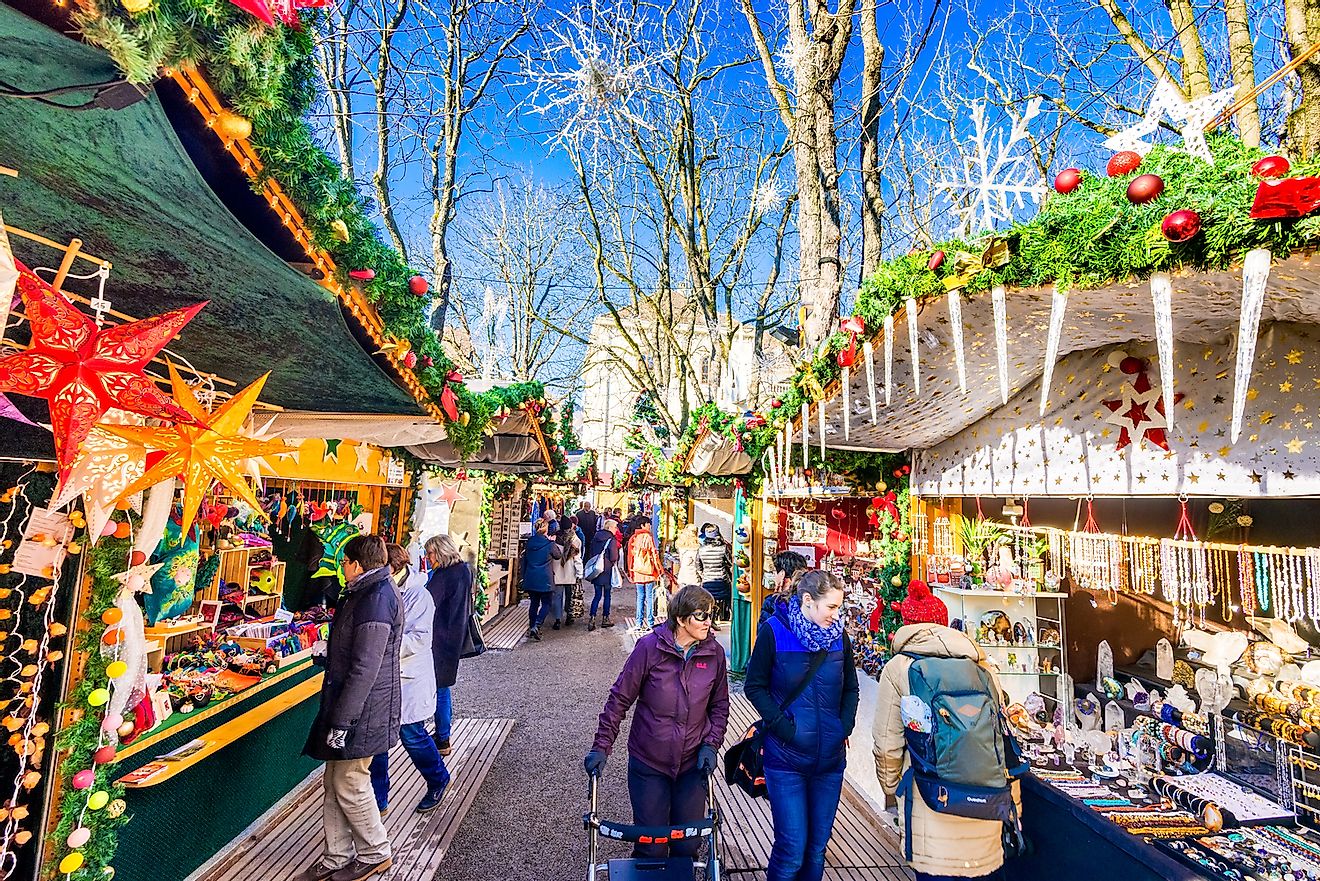
The federal state of Switzerland has no state religion. The majority of the population of the country are Christians. However, adherence to churches has steadily declined over the years. Most cantons of the country, however, recognize the Catholic Church or the Swiss Reformed Church. As of 2015, about 68% of the country’s population are Christians, 23.9% are non-religious, and 5.0% Muslims, and the rest are adherents of other religions.
Holidays and celebrations differ in the Swiss cantons. Christian holidays and festivals are celebrated with great pomp and glory in the nation. The National Day, a secular holiday that is celebrated countrywide is observed on August 1.
Sports In Switzerland
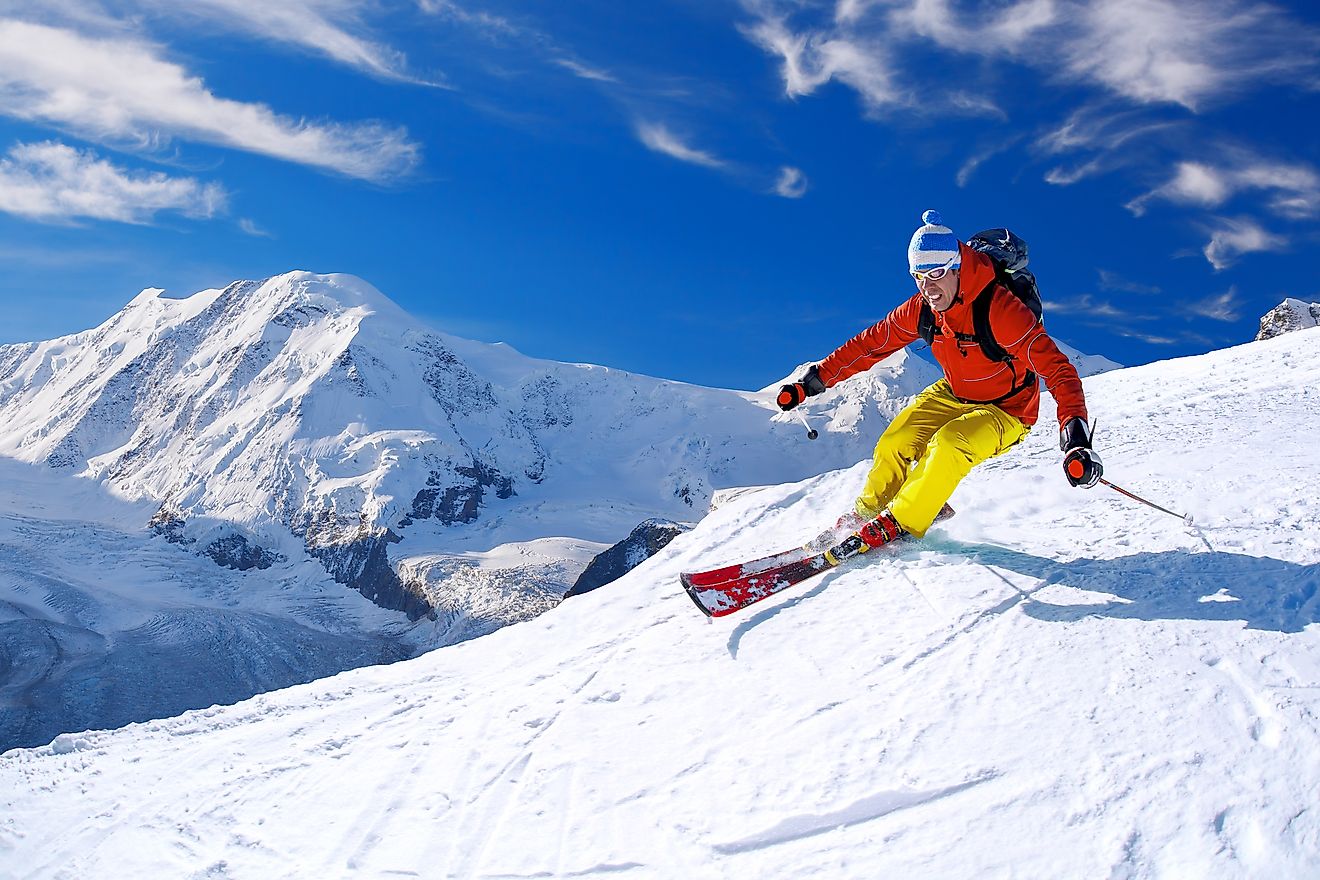
Participation in sports activities is an integral part of the lifestyle of most Swiss people. Ice hockey and football are the most popular sports played in the country. Switzerland has hosted several major international sports events like the Winter Olympic Games of 1928 and 1948 and the 1954 FIFA World Cup. The winter sports facilities in the country attract professionals and tourists worldwide. Alpine skiing, competitive sledding, ski jumping, curling are some popular sports activities offered in Switzerland. Mountaineers worldwide also visit Switzerland to participate in mountain climbing activities. The country has 12 ice hockey teams comprising the National League and as of 2017, has hosted the Ice Hockey World Championships ten times. The national football team of Switzerland has a history of participation in seven FIFA World Cups and two UEFA European Championships. The country serves as the FIBA headquarters and has a long tradition of participation in basketball games. Rugby is another popular sport played in Switzerland. Swiss tennis players like Martina Hingis and Roger Federer are well-known for their great achievements in the game. Race-driving, cycling, golf, sailing are other popular sports played by the Swiss people. Among the traditional sports of Switzerland are the Steinstossen (competition of stone throwing), Schwingen (Swiss wrestling), and Hornussen (influenced by both golf and baseball).











